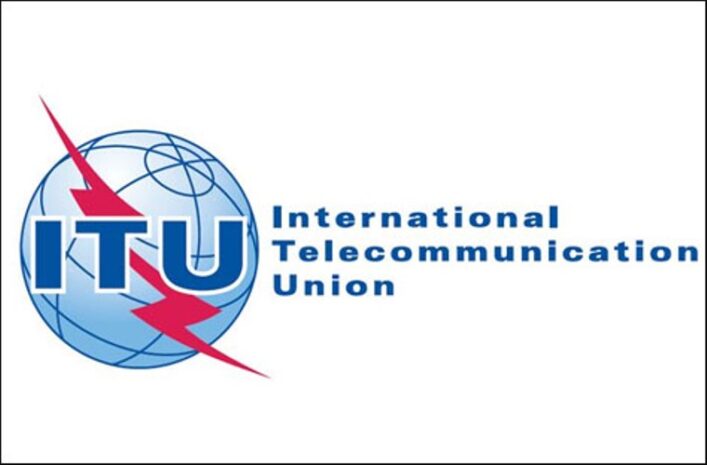An estimated 5.5 billion people are connected to the Internet in 2024, representing 68 per cent of the global population, according to the International Telecommunication Union (ITU).
This marks an increase of 227 million users compared to revised estimates for 2023. However, 2.6 billion individuals—32 per cent of the world’s population—remain offline, highlighting persistent digital divides.
ITU’s Facts and Figures 2024, released on Wednesday, revealed stark contrasts between high and low-income countries. Internet usage is estimated at 93 per cent in high-income nations, compared to just 27 per cent in low-income countries. Similarly, only 35 per cent of people in the least developed countries (LDCs) and 39 per cent in landlocked developing countries (LLDCs) are online.
In his reaction, the director of ITU’s Telecommunication Development Bureau, Cosmas Luckyson Zavazava, said, “The world is inching towards universal access at a time that it should be sprinting,” emphasising the need for intensified efforts to bridge digital gaps and achieve meaningful connectivity for all.
The report also highlighted significant disparities in gender, rural-urban access, and affordability. On gender disparity, the report revealed that globally, 70 per cent of men use the Internet, compared to 65 per cent of women. On urban-rural divide, the report stated that while 83 per cent of urban residents are online, only 48 per cent of rural dwellers have access. On affordability, the report averred that in low-income countries, fixed broadband costs nearly a third of the average monthly income.
Technological advances such as 5G have reached 51 per cent global coverage, yet only four per cent of people in low-income countries have access compared to 84 per cent in high-income nations. Additionally, while mobile broadband subscriptions are growing rapidly, fixed broadband remains unaffordable for many.
Despite progress, the ITU warned that bridging these gaps was essential for ensuring equitable opportunities for education, employment, and social inclusion.





